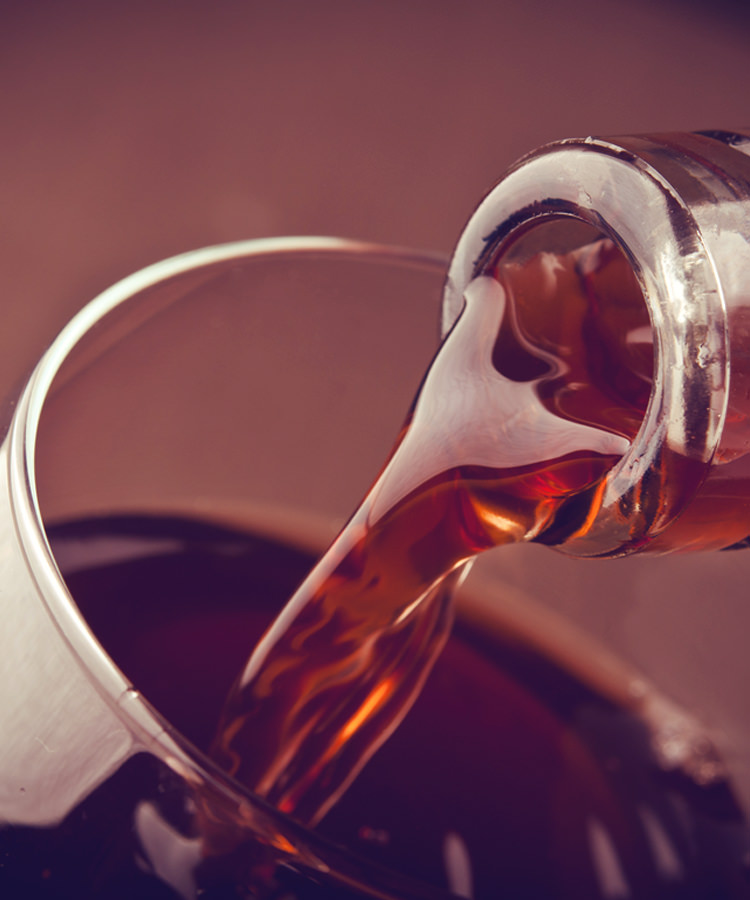Anything with a 4,000-year history is a little bit complicated. Wine is no exception, unfortunately for us. Over time, humanity’s favorite beverage has gotten more complex, and not just because the 20th century ushered in oodles of fun technology.
It started getting more complicated than just “fermented grapes” hundreds of years ago, as adventurous winemakers and drinkers experimented by adding other alcohols and botanicals to fermenting or finished wines, giving us the fortified and aromatized wines of today.
But what exactly is aromatized wine? What allows these tasty treats to fall halfway in and halfway out of the wine category? Are they even wine? I did some digging and tasting to find out.
Beverages like sherry, Port, and vermouth fit in the wine category because they’re grape-based, and have between 14 and 22.5 percent alcohol. Because they aren’t simply fermented grape juice, they can’t be called wine, and thus were divided into categories based on the additives in each “wine” beverage.
Fortified Wines
Fortified wines are wines that have alcohol added to them. Unlike standard wine, which contains only the alcohol that results from fermentation, these wines, which include Port, sherry, Madeira, and Marsala, have extra alcohol added in the form of flavorless grape brandy.
Ranging from roughly 15 t0 22 percent ABV, added alcohol does more than make these bottles very efficient after a long day. Essentially, the brandy that fortifies these wines plays two roles: (1) It halts fermentation, leaving sweet flavors behind in wines and (2) it acts as a preservative, preventing oxidation and spoilage. Unlike most wine, these bottles will last anywhere from three weeks to several years after opening.
During production, the additional brandy is added either midway through fermentation or after fermentation is complete. Adding brandy during fermentation kills the yeast in the wine and leaves a deliciously sweet wine in its wake, like in Port or French Banyuls. For dry fortified wines like sherry and some Madeiras, the extra booze is added after fermentation where it adds power and prevents spoilage. Other than the oomph of alcohol given to the wines, they’re treated just like regular wines, aged in barrels or bottle, and eventually released.
Most fortified wines are categorized as dessert wines, though sherry and Madeira make excellent aperitifs on a hot summer day, or in cocktails. Try swapping gin for fino sherry in your next G&T and take things to the next level.
Aromatized Wines
Chances are, you’re already familiar with aromatized wines. Classic mixers like vermouth fall into this category. By definition, aromatized wines are wines flavored with fruit, spices, and florals in addition to added alcohol, like if wine and gin had a baby. Some historians believe early aromatized wines were invented for medicinal purposes, since ancient wines were flavored with cocoa, gentian root, and wormwood.
Though they’re classically made with bitter herbs like quinine and chinotto, aromatized wines can be made with almost anything. Lillet, the French aperitif, is seasoned with sweet and bitter orange peels, quinine, and spices; Dolin Blanc Vermouth with “botanicals found in the Alpine meadows” of France.
Usually, these beverages begin as a simple white wine. Then, either brandy and herbs are added to steep in the wine, or herbs are steeped in brandy or eau-de-vie (brandy from fruit other than grapes, with some residual flavor. After a few weeks or months, the herbs are removed and, voilà, aromatized wine is born.
Aromatized wines are most commonly used in cocktail recipes like the Martini, Negroni, or Manhattan. But good aromatized wines are delicious on their own, or topped with a simple splash of soda.
But vermouth isn’t just for old-school cocktails. Since anything can be soaked in wine to add flavor, new twists on these classics are arising, like Uncouth Vermouth, which uses New York botanicals and changes its flavors seasonally. Similarly, Spain’s Gonzalez Byas now makes a cinnamon-scented, sherry-based vermouth that’s glorious on its own and adds spicy flair to sangria.
So now you know: Fortified and aromatized wines aren’t the ugly stepchildren of the wine industry, destined to life covered in dust on the back of a bar cart. They’re the glorious, beautiful stepchildren that deserve more time in our glasses.
